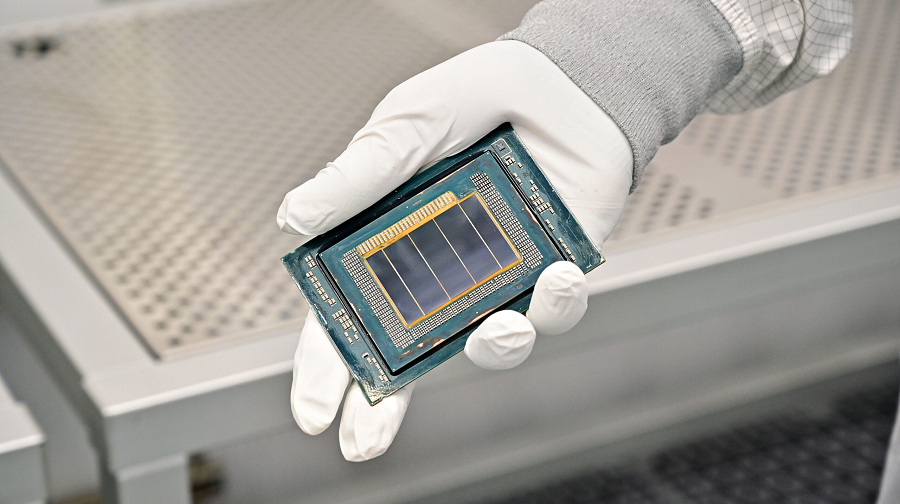
Intel Corp. today debuted Panther Lake, a series of laptop processors based on its latest Intel 18A manufacturing technology.
The chips will be produced at the company’s newly opened Fab 52 plant in Chandler, Arizona. Intel will also use the facility to manufacture an upcoming family of server processors called Clearwater Forest. Chips in the series will offer up to 288 cores.
“Our next-gen compute platforms, combined with our leading-edge process technology, manufacturing and advanced packaging capabilities, are catalysts for innovation across our business as we build a new Intel,” said Intel Chief Executive Officer Lip-Bu Tan.
Intel’s 18A manufacturing process produces transistors based on a gate-all-around, or GAA design, that reduces electricity leakage. That helps increase chips’ energy efficiency. The tiny wires that deliver electricity to an 18A chip are located beneath its transistors rather than above them as in earlier Intel products, which boosts processing speeds.
The Panther Lake series comprises three systems-on-chip. The most advanced SoC in the lineup includes a 16-core central processing unit. There are 4 P-cores optimized for performance-intensive tasks, 8 E-cores that trade off some speed for lower power usage and 4 LP E-cores that require even less electricity.
The Panther Lake’s CPU is implemented on a chiplet that contains several other computing modules. According to Intel, there’s a neural processing unit that can perform up to 50 trillion operations per second. It’s supported by accelerators optimized to process multimedia data and a memory-side cache with a capacity of 8 megabytes.
The chiplet that hosts Panther Lake’s CPU is integrated with two others. One of them is a graphics processing unit with up to 12 cores and 12 ray tracing units. The third chiplet, the so-called platform controller tile, contains components that Panther Lake uses to manage the flow of data in its host laptop. Those components facilitate Wi-Fi, Bluetooth, USB, Thunderbolt and PCIe connections.
Panther Lake’s three main chiplets sit on a fourth chiplet that functions as a base layer. They exchange data with one another using Intel’s Foveros interconnect technology.
All three processors in the Panther Lake series are based on the same four-chiplet design. The difference is that the flagship processor includes a GPU with 12 cores and 12 ray tracing units, while the other processors’ GPUs have only 4 cores and 4 ray tracing units. Additionally, the entry-level Panther Lake chip includes an 8-core CPU instead of the 16-core CPU that ships with the other two processors.
Intel says that the chip series is a significant improvement over its previous-generation laptop processors. According to the company, Panther Lake’s CPU and GPU can both perform some tasks 50% faster. Additionally, the processors use 10% less energy than last year’s Lunar Lake laptop SoC family.
Intel expects the first Panther Lake devices to start shipping later this year. In the first half of 2026, the company plans to follow up the launch by introducing its first 18A-based line of server processors. The Clearwater Forest chip family will provide a 17% increase in instructions per cycle, a metric used to measure performance. Processors in the series will include up to 288 E-cores optimized for energy efficiency .